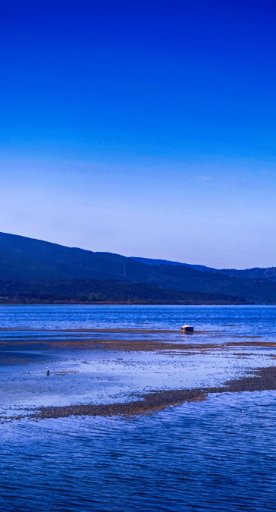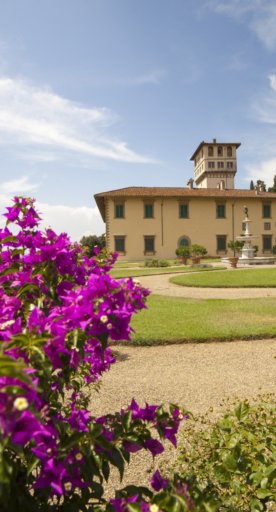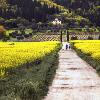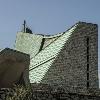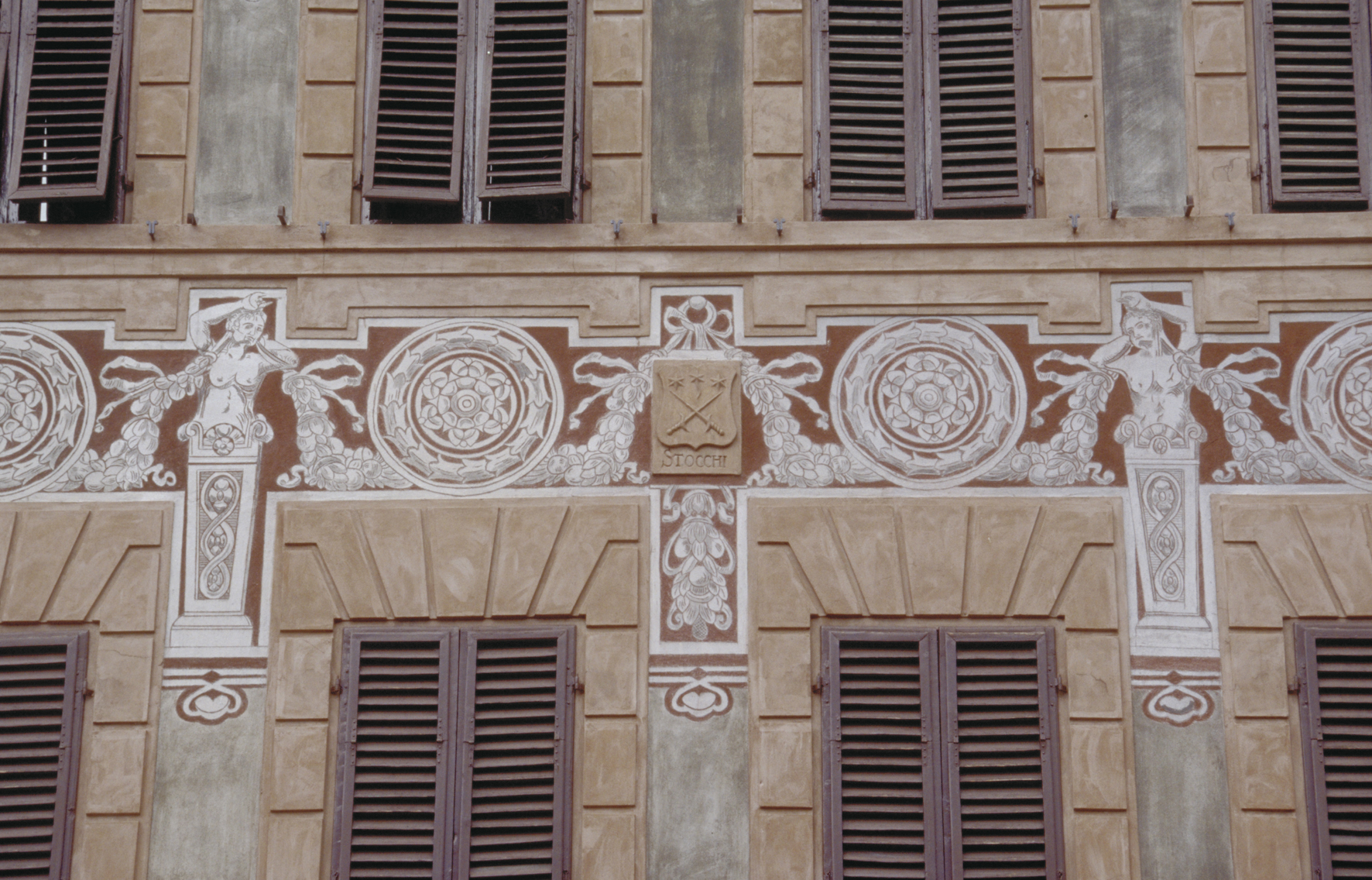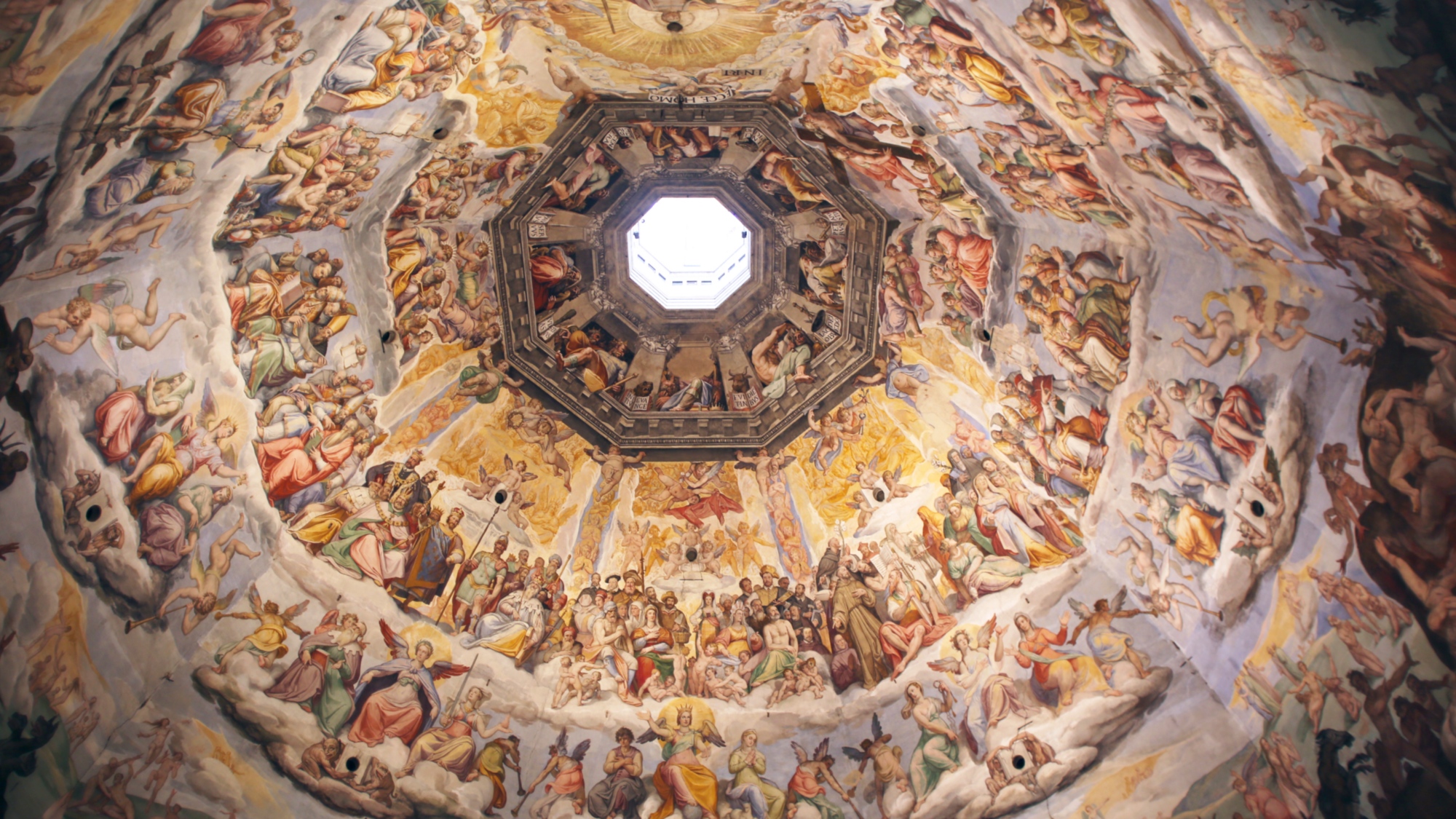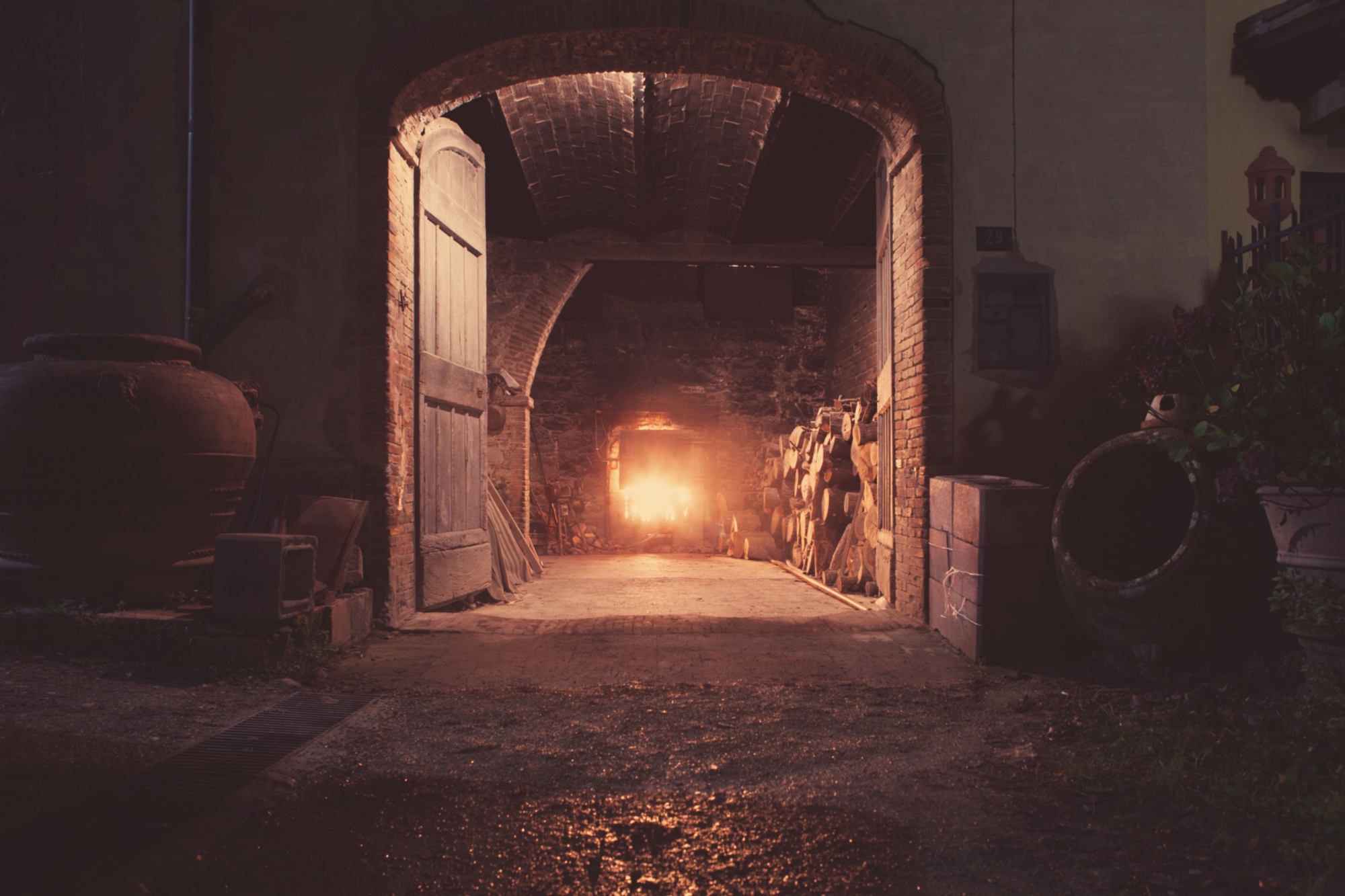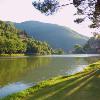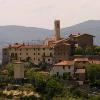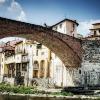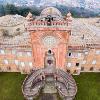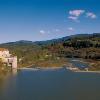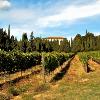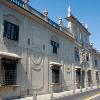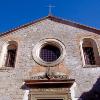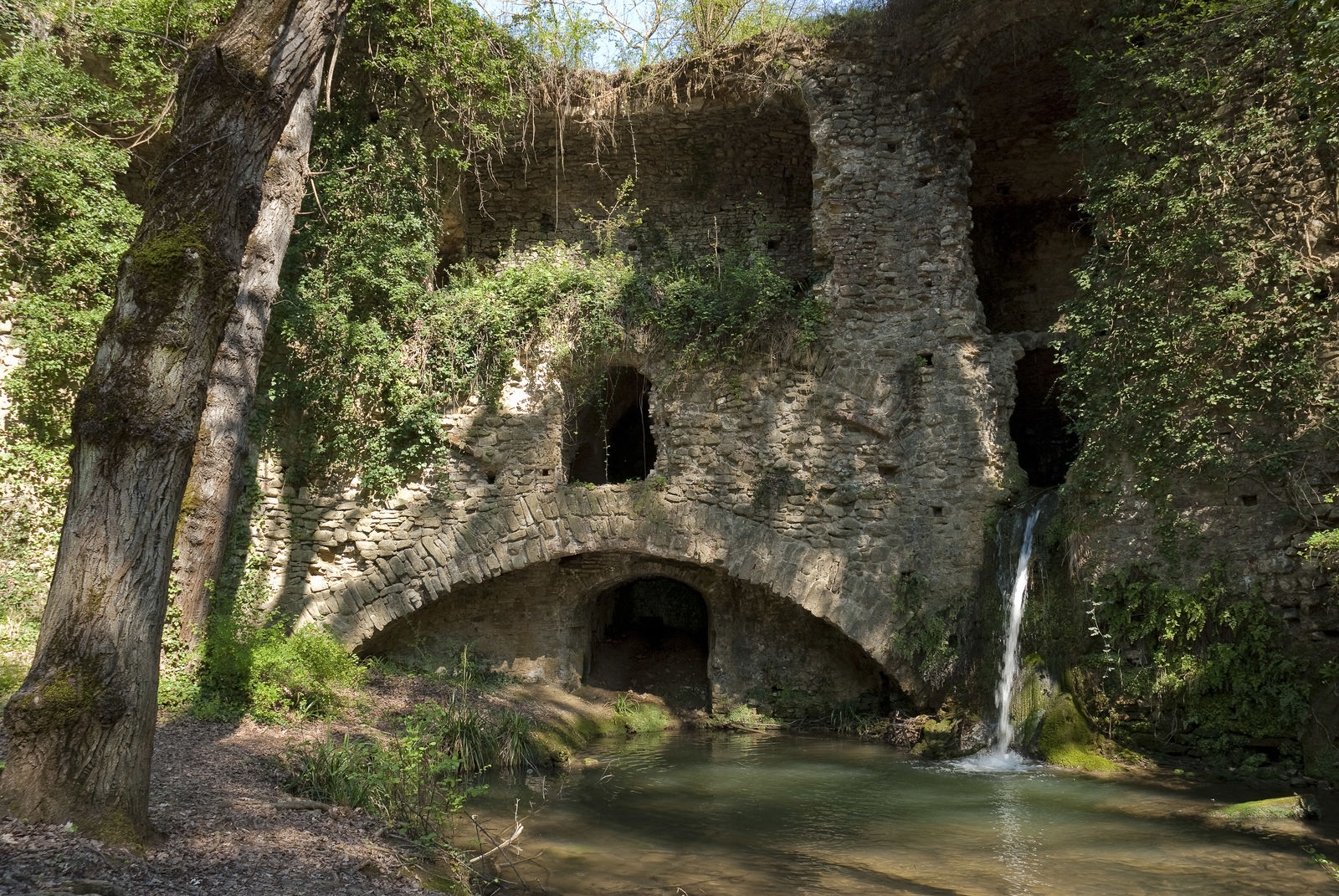There's no shortage of sites to discover in every hamlet or village of the surrounding area. Near Bagnese, the Church of San Giusto a Signano is worth a trip, with its typically 17th-century facade, a double segmental arch, and preserving several artworks such as the 13th-century frescoes attributed to Bernardo Daddi. Higher up stands the pretty village of Mosciano, at whose centre we find the church of Sant’Andrea, which holds works like the 13th-century frescoes attributed to Corso di Buono and the 13th-century panel of the Madonna and Child by the Pistoia-born painter Manfredino d’Alberto. San Martino alla Palma is one of the most beautiful hamlets in the Scandicci region. Its principal sites are the 16th-century Villa Torrigiani and the 16th century parish church of the same name with its panoramic loggia.
In the nearby village of Rinaldi stands Villa Antinori, which was converted in its entirety at the beginning of the 20th century. In Viottolone, preceded by a long avenue of trees, Villa di Castelpulci rises on the hilltop, a magnificent country residence belonging to the Riccardi family that still preserves its spectacular 18th-century appearance. In Settimo, it’s worth stoppiing at the historic Romanesque Parish Church of San Giuliano. The church, which was restructured in the 17th century, is home to the venerated Madonna of the Flowers, a terracotta piece painted by Donatello’s workshop. However, the most significant site in the whole Scandicci district is the Badia di San Salvatore e San Lorenzo: the church (a Romanesque structure) and the adjoining museum are enriched by many works of art, starting from the Chapel of St Jacob, decorated with frescoes in 1315 by Buffalmacco, where several frescoes by Domenico Ghirlandaio can be seen.
Last but not least are the Museum of Palaeontology and Minerology of Scandicci, the imposing ruins of Mulinaccio, near San Vincenzo a Torri, and the opportunity to immerse yourself in nature by visiting the Park at Poggio Valicaia, with its five kilometres of trails.






